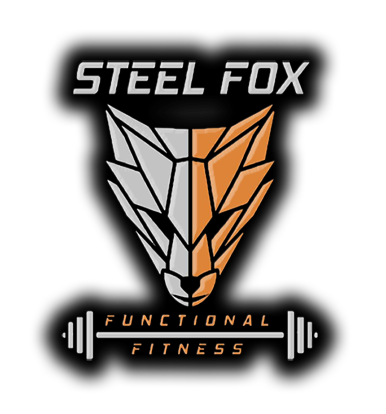Competitive athletes in CrossFit have a very different training regime and lifestyle than your typical every day CrossFitter. The goal of a CrossFit athlete is to peak for the CrossFit Games. They train year round to qualify and compete once a year for 5 days at the highest level. To do that, they train several times a day, specific nutrition requirements, and professional recovery protocols. On the other hand an average CrossFitter only needs to hit one workout out a day. It common to think that more is better when it comes to training (“Rich Froning trains 7 times a day so I should too!”), but do not be fooled. The goals of training determine the style of programming.
A recreational athlete goals follow a general physical preparedness (GPP) programming. Improving all aspects of fitness to reduce risk of metabolic disease, push off the nursing home, staying fit for work, and improving quality of life. This means hitting one workout a day, practicing all lifts, gymnastic movements, run, row, bike, etc. Constantly vary workouts and move hard and fast. This is the best formula to stay healthy and fit for long term functional fitness.
Competitors in the sport of CrossFit have the same needs but, differ by degree. In order to compete in the open, regionals, and at the Games you need to hit certain weights and times. The average snatch for a 2016 Games athlete was 279/222 lbs. The average Fran time for men was 2:18. Just to be competitive in CrossFit a certain level of strength and conditioning is required. This level of fitness takes years to develop and maintain. Games Athletes also train to peak for a single weekend once a year. Modifying day to day, week to week, month to month to perform a certain way in a certain time frame. Finally, there is an increased risk of injury once training volume increases. Compared to an average CrossFitter, this risk is unnecessary and detrimental for long term fitness.
The Fittest of Earth and an average Joe at a local box both do CrossFit. However, our needs differ by degree not by kind. Therefore, training programs are designed differently. Deciding which one is critical to maximize your own personal fitness.

